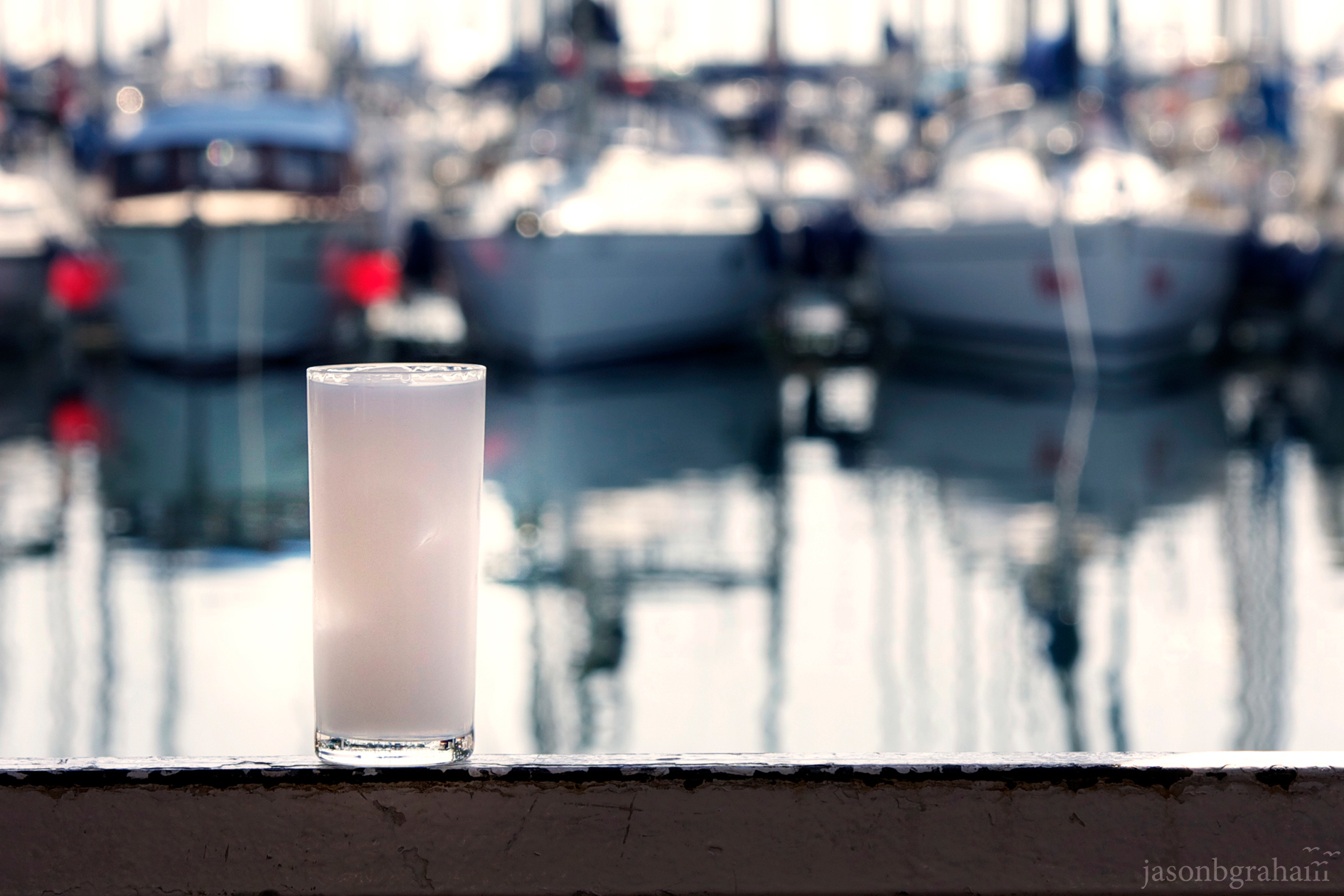Raki is considered by many as the national alcoholic beverage of Turkey. Unlike beer or wine, which are produced by fermentation, raki is produced in a two part distillation process. First, raisins are distilled. The resulting liquid is then re-destilled with the addition of aniseed. The final result is an alcoholic beverage similar to Greek Ouzo or French Pastis.
Although the exact origins of raki are unclear, the known history dates back to the 5th century. During Byzantine reign (330 – 1453 AD), a similar beverage was consumed in the empiral palaces. These early versions of raki were made from a variety of fruits (including apricot, plum, persimmon and fig) and became popular throughout Anatolia. Istanbul’s neighborhood of Galata was well-known for taverns dedicated to its consumption. After the conquest of Constantinople in 1453, alcohol was prohibited under Ottoman reign. Up until 1923 and the fall of the Ottoman Empire, raki was only consumed within non-Muslim communities.
Today, raki is an important part of the culture. Commonly comsumed with meze or fish, raki is traditionally served in a tall slender glass as single (tek) or double (double) shot. The clear distilled liquid is then topped with cold water which turns the beverage a milky-white. Ice is added to taste. Affectionately called Lion’s Milk, raki is toasted with the word şerefe which means, ‘In your honor.’

